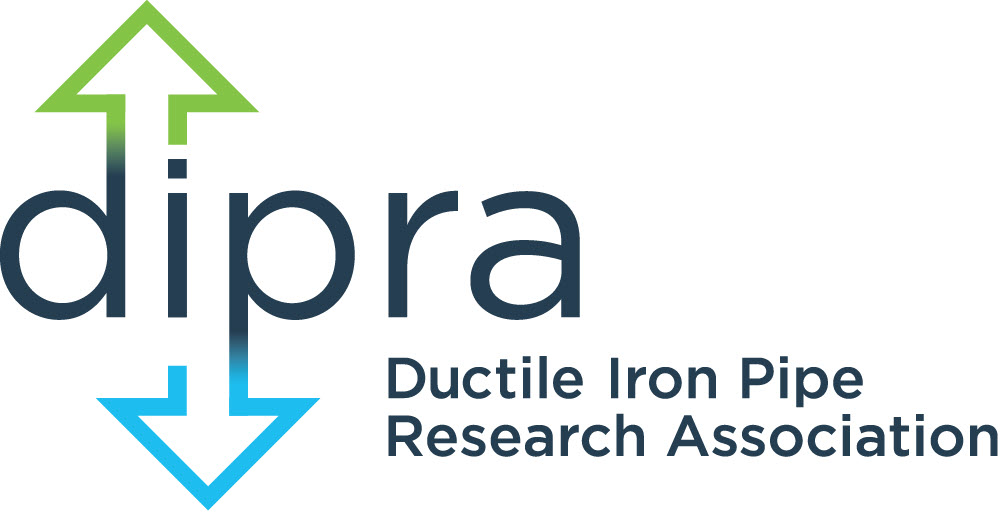 DIPRA
DIPRA
When Disaster Strikes, Infrastructure Must Endure
It seems like every time we turn on the news, a new natural disaster is threatening our communities. From wildfires to hurricanes to seismic events, these events leave long-lasting effects. The damage can last months or even years, impacting infrastructure, and local economies.
While the safety of residents is always the highest priority, disasters also expose vulnerabilities in our infrastructure systems. Water systems are especially vulnerable during and after disasters, making the selection of pipe material a critical design decision.
Cities cannot prevent natural disasters, but municipalities and utility leaders have an opportunity to make water systems stronger and more resilient through smart material selection that helps keep people safe and services uninterrupted.
At DIPRA, our focus is to serve as a resource and technical advisor to the water industry. Utilites' decisions help to create a safe and reliable water system that supports communities before, during and after disasters. Ductile iron pipe has consistently demonstrated strength, durability, and long-term performance in the face of extreme conditions.
Hurricanes and Extreme Water Damage
Hurricanes and storm surges can overwhelm water systems. This is particularly true in coastal and low-lying areas with aging or undersized infrastructure. Erosion, shifting soils, and heavy saturation test the limits of buried pipelines. In these challenging conditions, Ductile iron pipe offers critical advantages.
Its high tensile and bending strength (up to 60,000 psi tensile and 96,000 psi bending strength) helps it resist cracking and collapse under extreme loads. Unlike plastic pipes that can float or deform under pressure, Ductile iron remains anchored, durable, and stable for continued water delivery during response and recovery.
Joint systems, including push-on and restrained joints, allow the pipe to flex with ground movement without separating. This helps maintain water delivery even in areas experiencing washouts or soil displacement. These characteristics help maintain service during flood and erosion events that could compromise lighter or less rigid materials.
Wildfires and Extreme Heat
Water mains are primarily out of sight and out of mind, but are expected to function at all times, especially when needed to put out fires. Serving multiple essential roles during fires: supplying hydrants, supporting sanitation, maintaining operations, and agriculture needs. The 2018 Paradise Fire and 2023 Maui wildfires highlighted the risks wildfires pose to water systems, not just in terms of access, but also contamination.
Ductile iron pipe is one of the few materials that can withstand prolonged exposure to extreme heat. In a controlled test in Birmingham, Alabama, a section of Ductile iron pipe was exposed to 1,500°F flames for 45 minutes—temperatures consistent with those recorded during the CZU Lightning Complex Fire in California. The pipe remained intact with no evidence of damage or deterioration. After cooling, it passed a 500 psi internal pressure test, confirming the gasket’s integrity and the pipe’s continued performance. Read the full case study here.
By contrast, plastic materials such as PVC and HDPE are known to deform, melt, and leach contaminants into water supplies at much lower temperatures. These chemical risks remain a focus of ongoing studies by experts in the field.
This fire resilience is essential for both firefighting and system recovery. Wildfires require a reliable water supply to support suppression efforts. After the flames are out, intact pipe infrastructure can accelerate cleanup and protect public health.
Earthquake and Seismic Resilience
Seismic activity introduces unique infrastructure challenges. Ground shaking, liquefaction, and permanent soil deformation can all stress water systems beyond their normal operating limits.
Ductile iron pipe is designed to withstand these stresses due to its inherent strength (60,000 psi ultimate tensile strength, 42,000 psi yield tensile strength, 96,000 psi ultimate bending strength) combined with a standard wall thickness design (ANSI/AWWA C150/A21.50) to produce a pipe whose wall thickness can be as much as twice the thickness required to sustain the everyday loads it will experience.
Flexible joint systems used with Ductile iron pipe can accommodate ground movement, allowing several degrees of deflection without failure. These capabilities have been confirmed through studies and field use in earthquake-prone regions such as California and Japan. Water utilities using Ductile iron pipe have experienced fewer main breaks and faster service restoration following seismic events. For example, after the 1989 Loma Prieta earthquake, Ductile iron pipe in affected areas reported no failures, while other materials experienced widespread damage. Learn more about Seismic Conditions here.
A Stronger Path Forward
Water systems must be designed not only for everyday use but also for emergency situations. Ductile iron pipe offers strength and durability for life. These qualities reduce lifecycle costs and lower the risk of system failure during and after a disaster.
Resilience is not achieved by chance. It requires careful planning, informed decision-making, and collaboration among engineers, utilities, and policymakers. The right pipe material makes a difference before, during, and after disaster strikes.
To learn more about how Ductile iron pipe can help strengthen your community’s infrastructure, contact a DIPRA Regional Engineer or explore our online technical resources.




